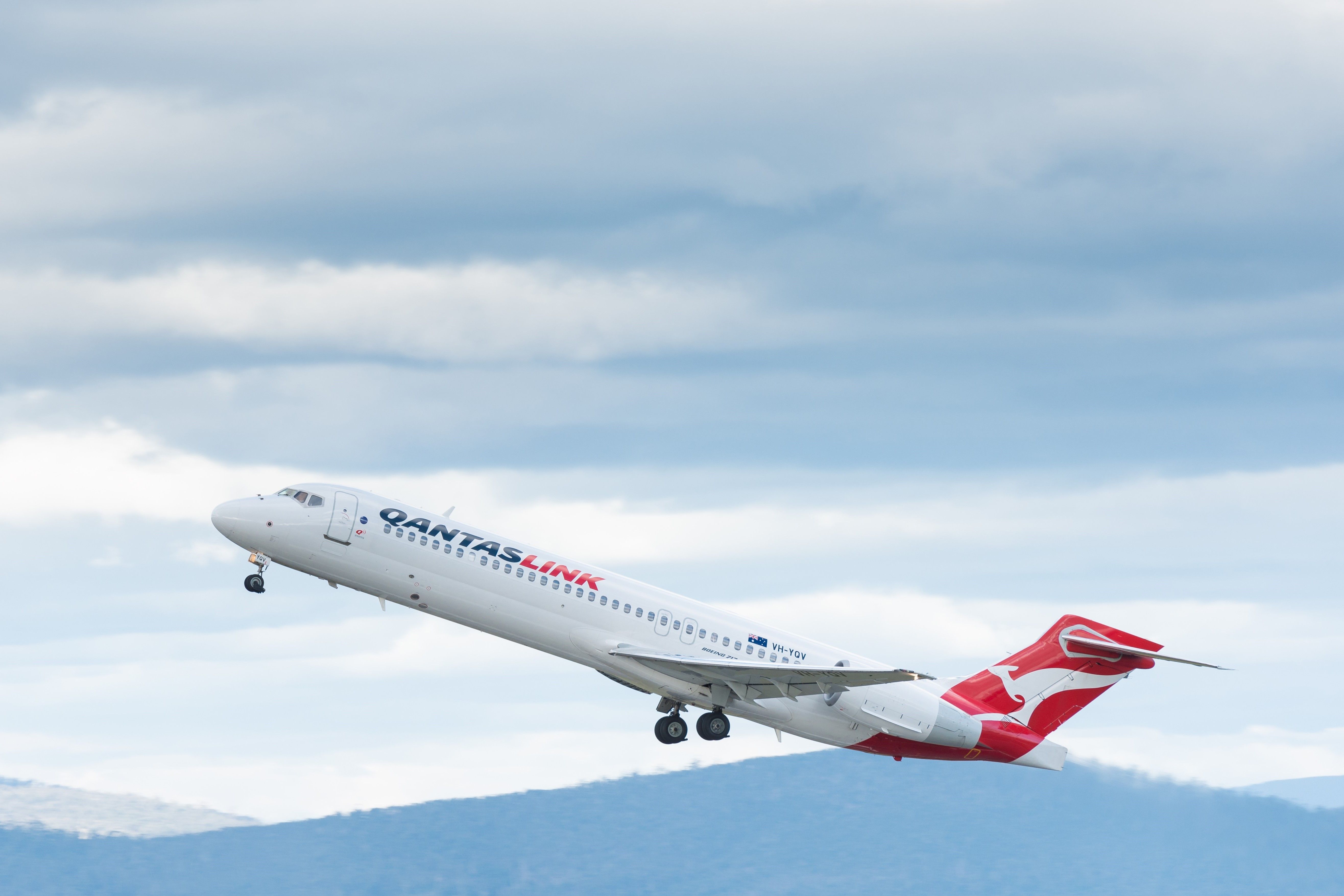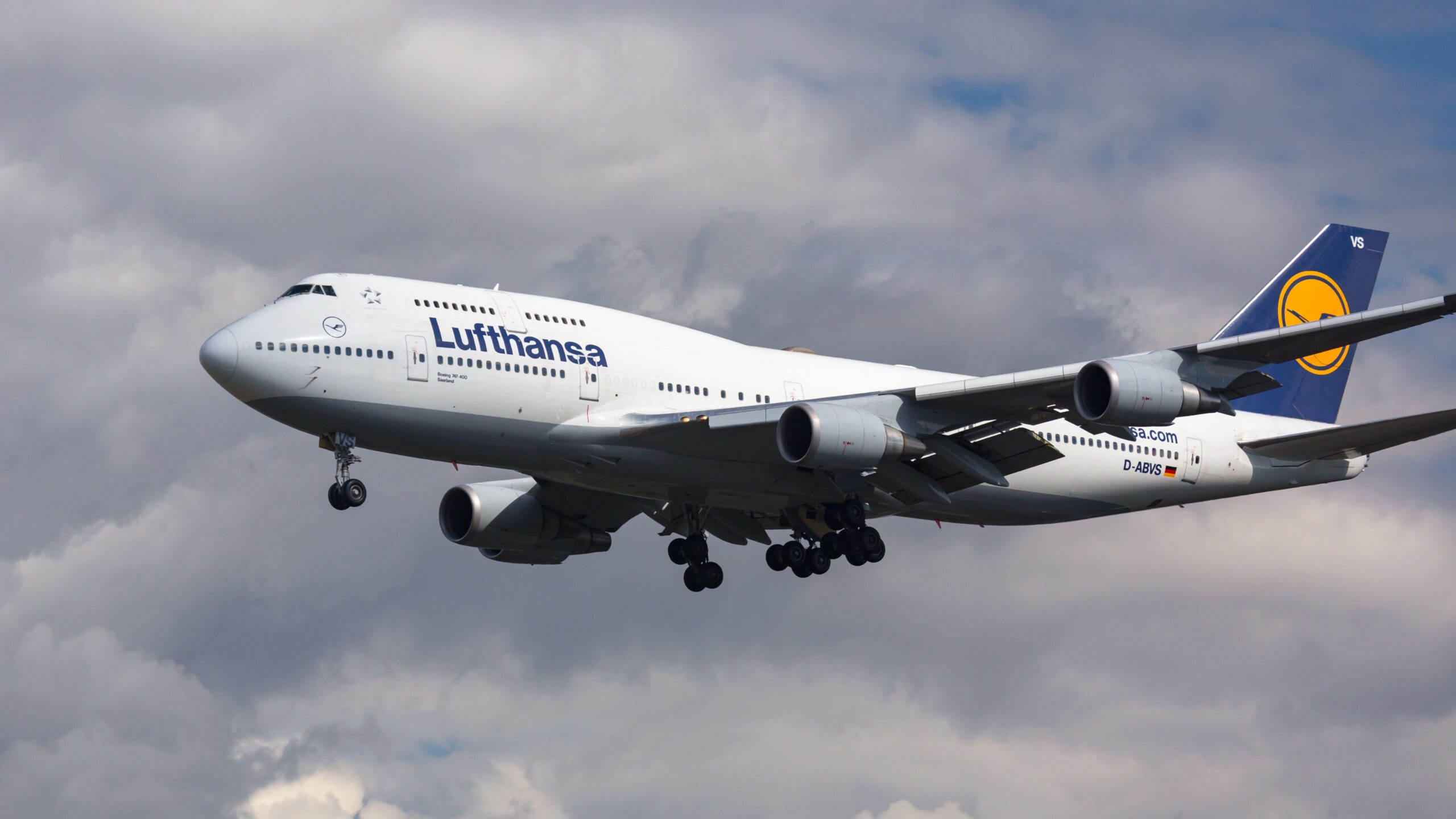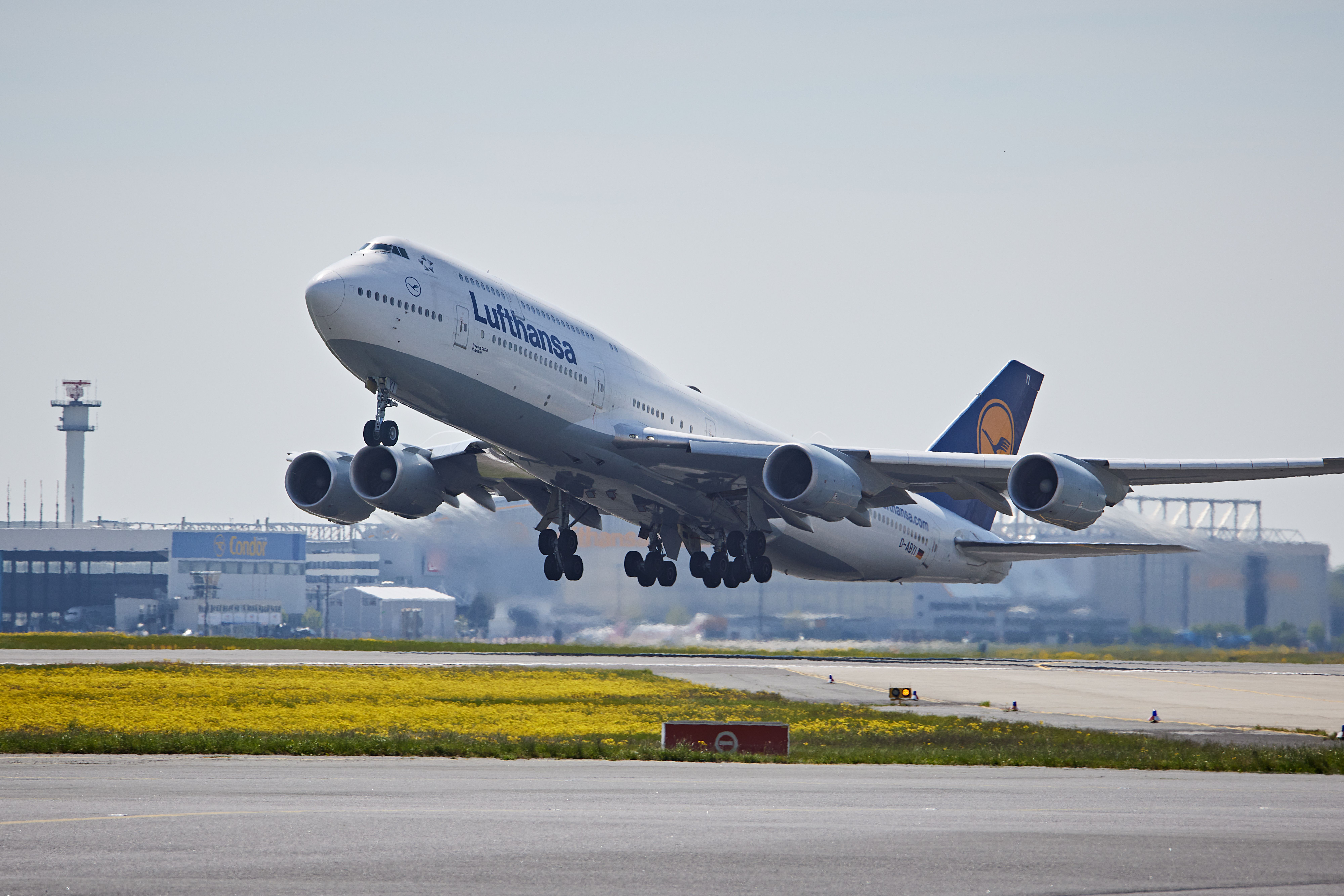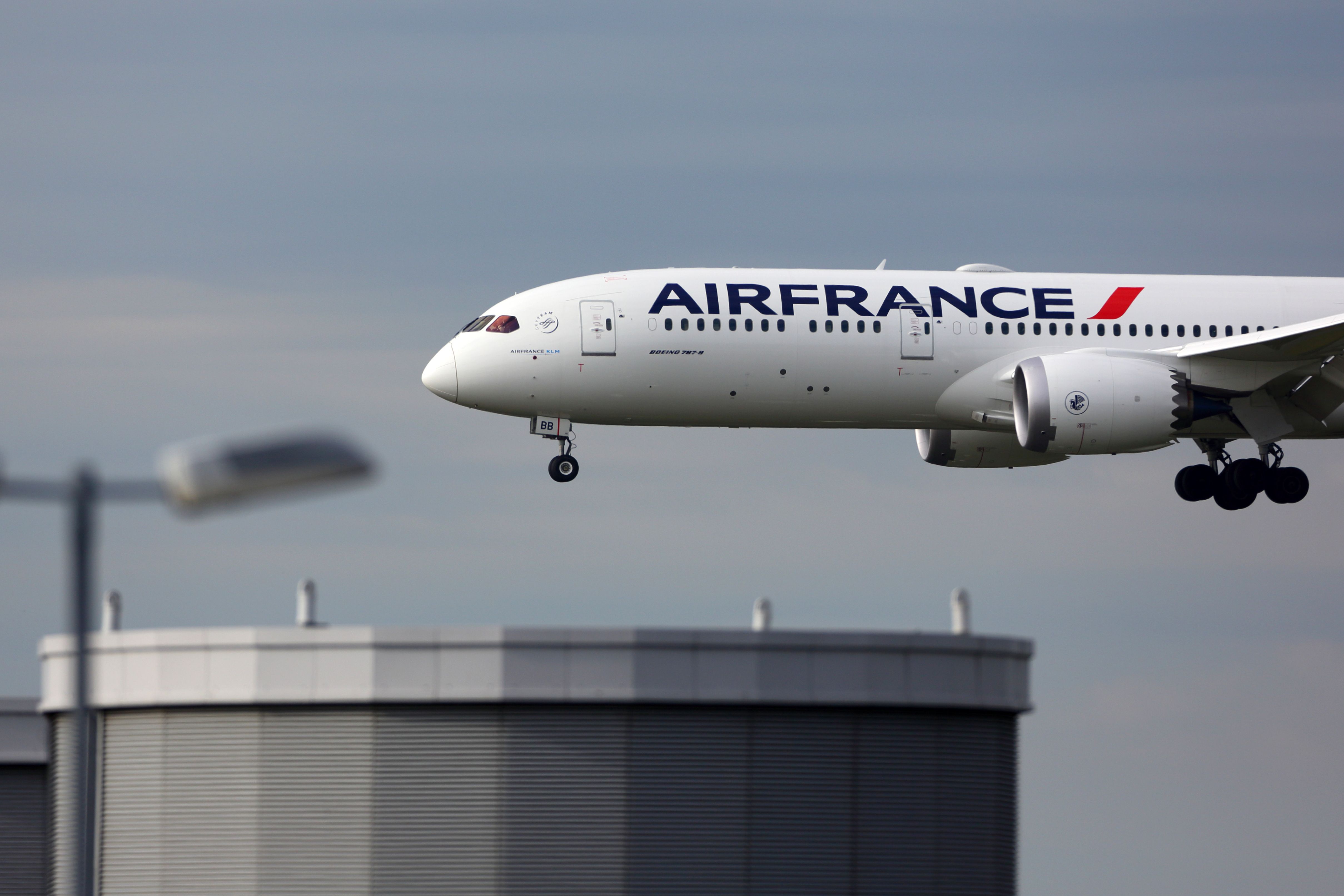Summary
- Unusual odors on flights often lead to diversions, involving electrical issues or AC malfunctions.
- A Lufthansa flight experienced a diversion due to an unidentifiable electrical smell.
- Swift actions by flight crews minimize risks from minor issues causing cabin odors.
A Lufthansa Boeing 747-8, operating as flight LH 430 from Frankfurt Airport (FRA) to Chicago O’Hare International Airport (ORD), encountered an unexpected hurdle mid-flight, prompting its return to Germany.
The aircraft involved was a ten-year-old Boeing 747-8 registered D-ABYP, according to ch-aviation. It took off at 12:00 PM local time with 320 passengers and 19 crew members onboard. The flight was expected to last approximately eight hours and 20 minutes, according to Flightradar24.com.
The incident occurred 1.5 hours into the flight while the airplane was cruising at an altitude of 35,000 feet (11,000 meters) over the Atlantic Ocean, approximately 220 nautical miles northwest of the coast of Ireland. Passengers complained of an unpleasant odor, prompting the flight crew to decide to return to Frankfurt two hours after take-off while maintaining its altitude.
Photo: Lufthansa
The aircraft landed safely on runway 07R at FRA approximately 4.5 hours after its initial departure and 2.5 hours after the decision to return.
In response to the diversion, Lufthansa arranged for a replacement aircraft, a Boeing 747-400 with the registration D-ABVY, to transport the affected passengers to their original destination of Chicago O’Hare. The replacement flight arrived in Chicago 8.5 hours later than initially scheduled. A Lufthansa spokesperson told the German daily BILD:
“The reason for this [diversion] was an unidentifiable electrical smell in the cabin. The aircraft is currently being examined by technicians; the cause of the smell is currently unclear. There was never any smoke development onboard.”
The airline also indicated that a bone marrow donation for a patient in the US was onboard the flight, although it could not confirm whether the transportation was ultimately successful.
What can cause unusual smells in an aircraft?
Unusual odors on commercial flights are among the most common incidents and often lead to a diversion.
For instance, on May 7, 2024, an Air France Boeing 787 Dreamliner was flying from Paris to Seattle when the flight crew and passengers noticed a burning odor in the aircraft’s flight deck and cabin. As a result, the airplane had to make an emergency landing in Iqaluit, a remote location in northern Canada.
Photo: Fasttailwind | Shutterstock
Just a day before, on May 6, 2024, a Lufthansa Airbus A320-200 was flying from Bologna, Italy, to Frankfurt, Germany, with 165 passengers and six crew members. While the airplane was about 60 nautical miles south of Stuttgart, Germany, the crew detected an unusual odor onboard and decided to divert to Stuttgart.
Flight crews and airline personnel often manage these incidents swiftly and effectively. While unsettling for passengers, they are typically the result of minor issues and pose minimal risk to the safety of the aircraft.
Electrical issues and malfunctions within the air conditioning system are among the most common culprits behind cabin odors on commercial flights. Electrical components onboard aircraft can occasionally generate odors due to overheating or faulty wiring. Similarly, the air conditioning and ventilation system may occasionally contribute to odors if malfunctions occur or foreign substances such as engine oil or hydraulic fluid enter and contaminate the system.

Related
Flight Attendant Hospitalized After Unusual Odor On QantasLink Boeing 717
An unpleasant odor in the cabin caused the hospitalization of one of the crew members of a QantasLink flight.
In the event of an aircraft experiencing abnormal odors, pilots in the cockpit are instructed to put on pressurized oxygen masks to avoid inhaling potentially harmful pollutants. If the contaminant is irritating to the eyes, goggles are also available. Portable oxygen masks are also available to cabin crew members. If the situation is severe, the aircraft may need to descend to an altitude of 10,000 feet (3,000 meters) or lower, where depressurization can occur safely.
What are your thoughts? Let us know in the comments section below.



